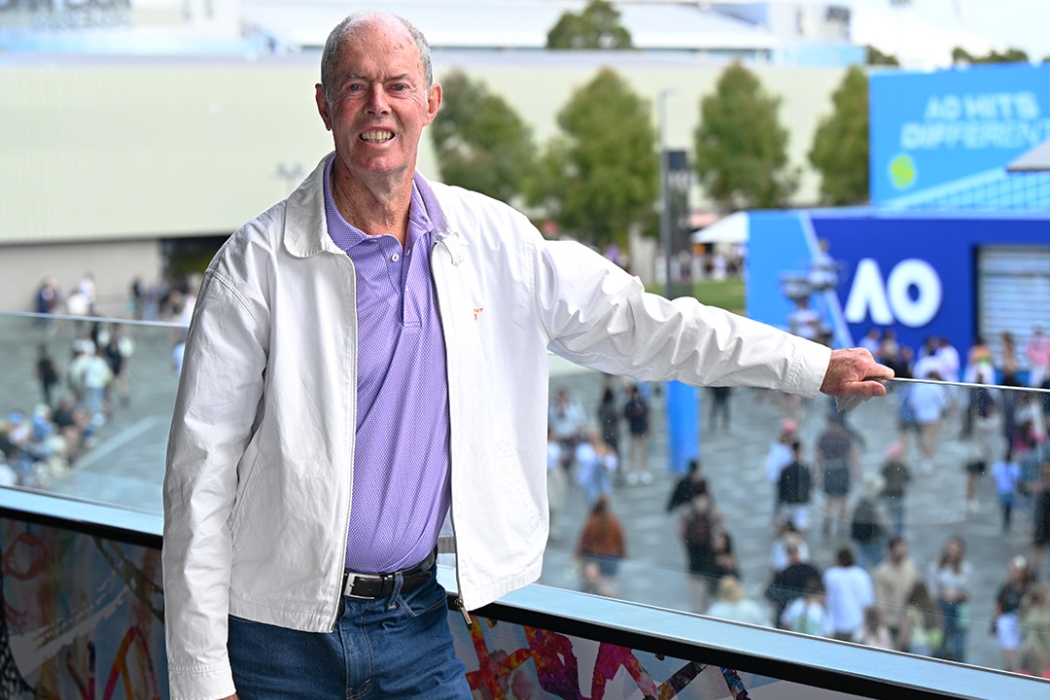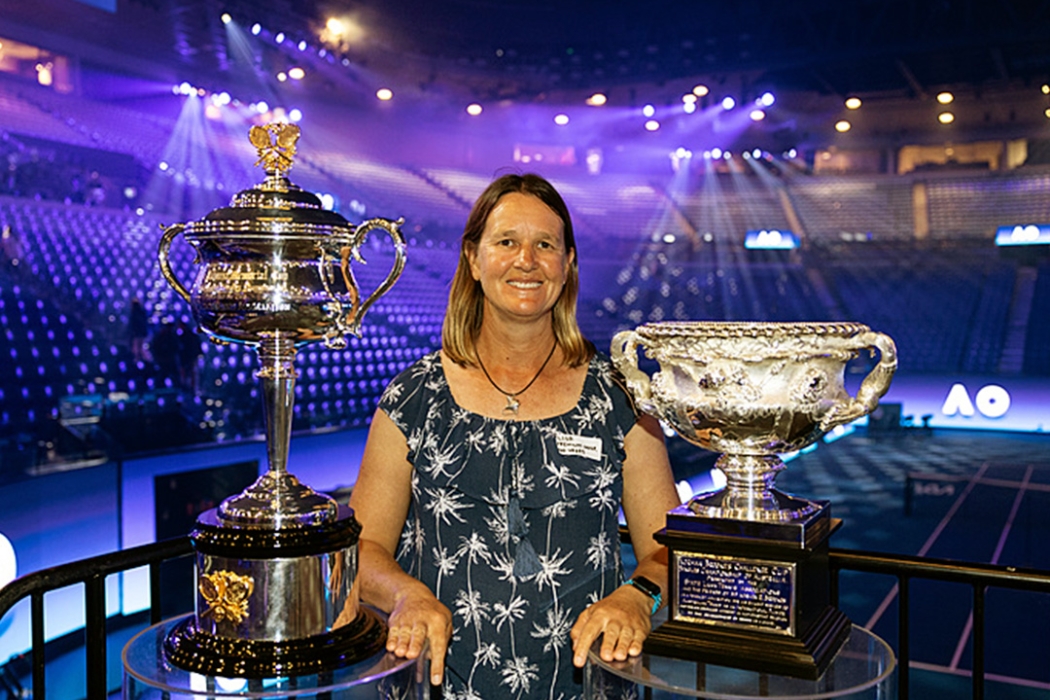Walking into the Australian Open as a 16-year-old 30 years ago to start work as a scoreboard operator, I had no idea just how important this tournament would become to me, as it has for the thousands of others who work here every year.
The Australian Open employs more than 12,000 casual staff, from court service operators, caterers and cleaners, to 428 ballkids, drivers, player support staff, security, officials and many more amazing casual jobs.
There are 35 areas to work in, and the retention rate is 75 per cent every year. The workforce keeps coming back.
Back in 1995 and growing up in the Yarra Valley about an hour and a half out of Melbourne, it was a different era. Tennis was my life, not only playing but watching and reading everything about the game that I could get my hands on. I loved all the stats and numbers that are such a major part of the sport.
The Internet (or the World Wide Web as we called it) was a new thing, so back in the day tennis fans used to rush down to the news agency to get the late edition of the Herald Sun to get the latest results.
STORIES OF THE AO: The mystery of the missing trophy lid
That inspired me to apply to be what was then called a scoreboard operator, a dream job sitting on court and entering in the scores and stats live as they happened.
I was a naïve but optimistic 16-year-old, who had hardly travelled out of my hometown of Healesville, but I was excited to learn more about the world. Not only was being a scoreboard operator a dream job because of my love of tennis and stats, but it introduced me to a whole group of new people and opened my eyes to a world of possibilities.
That’s what the AO does.
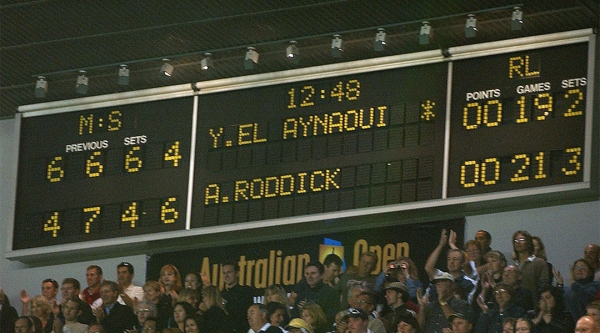
I sent a message this week to three of the boys I met and hung out with every day back in 1995. We are all so grateful for that opportunity to work at the Australian Open as teenagers.
Now in our forties, we have so many fond memories including making friends with Mrs Sanchez, who was the travelling mum of Arantxa, Javier and Emilio Sanchez. The scoreboard operators were based under the then Flinders Park centre court (now Rod Laver Arena) next to the players’ laundry, and she would do the family’s washing every day.
We got to watch the tennis during our breaks, and we picked Mary Pierce as the winner early on; she loved our support and gave us all a hug after she won.
Monica Seles signed my Australian Open hat late at night and was so lovely and gracious, and I still have it.
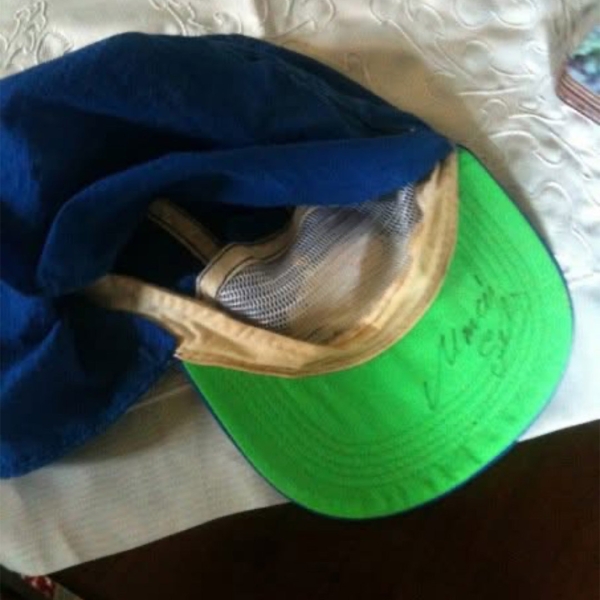
We scoreboard operators will never forget that first year and it’s memories like these that the 12,000-strong workforce will make that I hope last a lifetime as the AO kicks off.
I have been back working at the AO in some capacity every year since then: two years as a scoreboard operator, two years in the media centre, one year as a runner for Associated Press, 18 years as a journalist for the Herald Sun and the past eight years working in the public relations team.
I’ve had some incredible career highlights thanks to the AO; working as journalist having one-on-ones with Roger Federer and Serena Williams stand out.
Or two years ago, looking after Billie Jean King and sitting with her and listening to her wisdom about life and tennis in a bunker underneath Rod Laver Arena as she provided live commentary of the final between Aryna Sabalenka and Elena Rybakina, and waited for the end of the match to present the trophy.
But those early days as a scoreboard operator are right up there.
At a function at Melbourne Park on Sunday night with 4000 of the 14,000 staff in attendance, Australian Open tournament director Craig Tiley acknowledged the long-serving staff at the tournament.
"One of the things that is great about the Australian Open is that we have people who have worked here and made so much commitment to the tournament for many, many years," he said.
"It's a beautiful thing and they have beautiful stories.
"The commitment you make is fabulous, and we greatly appreciate it."
Among the staff members recognised was Steven Bishop, who started as a ballkid 25 years ago and now works as a Ballkids Operation Team Leader.
One of his best memories from those 25 years was that incredible Ash Barty win in January 2022.
"I remember being underneath in the corridors of Rod Laver Arena and all the staff breaking out in applause when Ash won. It was a special memory," he said.
Then there’s Judy Toma, who has been working at the AO for 35 years in transport.
Judy drove Pete Sampras to his post-match celebrations in the 1990s after winning the tournament and got stopped by police to be breathalysed, and the champion had no idea what was going on.
"I decided to drive across Princess Bridge and I got pulled up by a Booze bus," she told the crowd on Sunday night.
"I thought I could jump the queue, but the policeman came over and said get back in the queue and told the three in the back (including Pete) to put their seatbelts back on."
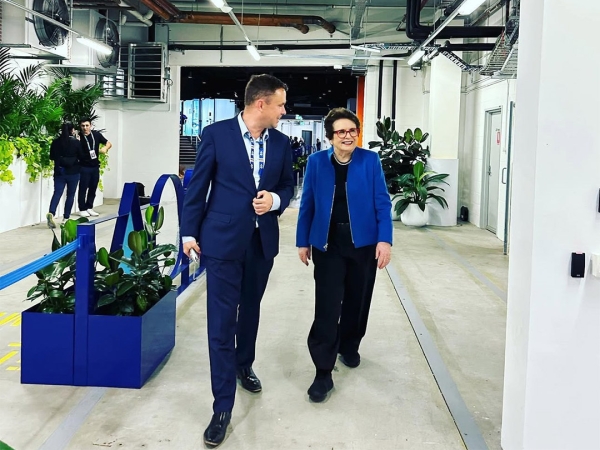
All was good in the end, but that story has become folklore at the Australian Open.
There was an incredible feeling of gratitude towards the Australian Open from the long-standing staff who were acknowledged on Sunday night, and I know exactly what that feels like.
We all have jobs outside the tournament, and for me those early years as a scoreboard operator gave me invaluable experience to start a career in the media. I have the Australian Open to thank for that and am so grateful.
The tournament has given me and the 12,000 other staff so much, as we look forward to another few busy but brilliant weeks ahead.
